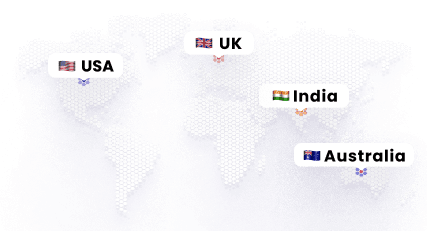Shift to the cloud is accelerating and its clearly visible by: more than 50% revenue growth of Amazon AWS over last few years, SAP raising its revenue forecast for next few years as its cloud growth quickens, cloud is becoming a boardroom agenda with commitment from IT to move more & more of workload to cloud.
The benefits of moving to the cloud are enormous. The first stage is getting infrastructure on demand (IaaS), compared to in-house IT that typically takes weeks/months to procure-provision IT infrastructure. Once organizations start moving apps to cloud, the next step would be tools/application rationalization, resulting in standardization, reuse, and further cost savings. When organizations move towards ‘Cloud Native’ and start developing applications on clouds using platforms like Cloud foundry – that is when you get a complete cloud ecosystem from design, build, test, release, deploy and maintain. SaaS provides business solutions on-demand, at scale with no/little upfront cost and application owners don’t need to worry about costly, time-consuming and sometimes manual upgrades of in-premise installed packaged applications (ERP, CRM). In a cloud mature organization, the business would consume IT (on demand) rather than building it.
This migration to the cloud would bring significant change in enterprise IT services space. Traditional on-premise IT services would reduce significantly, while a cloud-related migration, managed services and development on the cloud could increase significantly.
Cloud provides enormous benefits and there are only a few organizations, however, they are using the cloud to its full potential. Those who put off these decisions until the next quarter risk falling even further behind.





